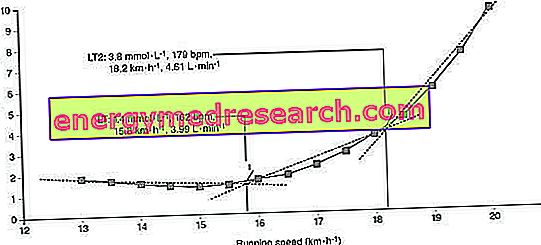
What is Genvoya used for and what is it used for?
Genvoya is an antiviral medicine used to treat people with human immunodeficiency virus type 1 (HIV-1) infection, a virus that causes acquired immune deficiency syndrome (AIDS). It is used in adults and adolescents over 12 years of age, for whom the disease is expected to not be resistant to any of the antiviral substances present in Genvoya.
Genvoya contains the active ingredients elvitegravir, cobicistat, emtricitabine and tenofovir alafenamide
How is Genvoya used?
The medicine can only be obtained with a prescription and treatment should be started by a doctor who is experienced in managing HIV infection. Genvoya is available as tablets, each containing 150 mg of elvitegravir, 150 mg of cobicistat, 200 mg of emtricitabine and 10 mg of tenofovir alafenamide. The recommended dose is one tablet a day, taken with food.
How does Genvoya work?
Genvoya contains four active ingredients. Elvitegravir is part of a class of antiviral agents known as "integrase inhibitors". By blocking an enzyme called integrase, elvitegravir prevents the integration of the virus's genetic material into the genetic material of infected cells. In this way, it reduces the ability of the virus to replicate and slows down the spread of infection. Cobicistat increases the levels of elvitegravir by slowing its degradation, with a consequent strengthening of its antiviral effect.
Tenofovir alafenamide is a "prodrug" of tenofovir; this means that it is converted into the active ingredient tenofovir within the body. Tenofovir and emtricitabine are related antiviral agents, termed reverse transcriptase inhibitors, which block the activity of reverse transcriptase, a viral enzyme that allows HIV-1 to replicate in the cells it has infected. By blocking this enzyme, Genvoya reduces the amount of HIV-1 present in the blood, keeping it at low levels.
Genvoya does not cure HIV-1 infection or AIDS, but it may delay the onset of damage to the immune system and the development of infections and diseases associated with AIDS.
What benefit has Genvoya shown during the studies?
Genvoya has been studied in two main studies involving 1, 733 HIV-1 infected adult patients who had not previously been treated. In both studies, Genvoya was compared with another antiviral medicine containing the active substances elvitegravir, cobicistat, emtricitabine and tenofovir disoproxil. The main efficacy parameter was based on the reduction of HIV-1 levels in the blood. To determine that the infection had responded to treatment, the viral load in the patient's blood had to be less than 50 copies of HIV-1 RNA per ml.
After 48 weeks, approximately 90% of patients treated with Genvoya (800 out of 866) and comparator (784 out of 867) had responded to treatment.
In a supportive study, patients treated with effective HIV therapy continued to receive the same therapy or switched to Genvoya. After 48 weeks, a viral load of less than 50 copies / ml was observed in 97% of patients (932 of 959) switched to Genvoya and in 93% of patients (444 of 477) who continued their usual therapy.
In another study, Genvoya was given to adolescents aged 12 to 18 years with HIV-1 infection who had not been treated before. After 24 weeks, the viral load was reduced to levels below 50 copies / ml in 90% of patients (45 out of 50).
What is the risk associated with Genvoya?
The most common side effect of Genvoya (which may affect more than 1 in 10 people) is nausea. Other side effects include abnormal dreams, dizziness, fatigue and diarrhea. For the full list of side effects reported with Genvoya, see the package leaflet.
Genvoya should not be taken with certain other medicines because of possible harmful interactions. For the full list of limitations, see the package leaflet.
Why has Genvoya been approved?
The Agency's Committee for Medicinal Products for Human Use (CHMP) decided that Genvoya's benefits are greater than its risks and recommended that it be approved for use in the EU. For three of the active ingredients, elvitegravir, cobicistat and emtricitabine, efficacy has already been demonstrated. The fourth, tenofovir alafenamide, is effective at a lower dose than the commonly used tenofovir disoproxil medicine and offers the possibility of reducing side effects.
In the studies conducted, the efficacy of Genvoya was high and comparable to that of a medicine containing elvitegravir, cobicistat, emtricitabine and tenofovir disoproxil. The side effects of Genvoya were similar to those of individual medicines. The effect of tenofovir alafenamide on the kidneys was milder than that of tenofovir disoproxil. The CHMP also considered that the combination of the medicines in a single tablet simplifies the treatment.
What measures are being taken to ensure the safe and effective use of Genvoya?
A risk management plan has been developed to ensure that Genvoya is used as safely as possible. Based on this plan, safety information has been included in the summary of product characteristics and the package leaflet for Genvoya, including the appropriate precautions to be followed by healthcare professionals and patients.
More information on Genvoya
For more information about treatment with Genvoya, read the package leaflet (also part of the EPAR) or contact your doctor or pharmacist.



